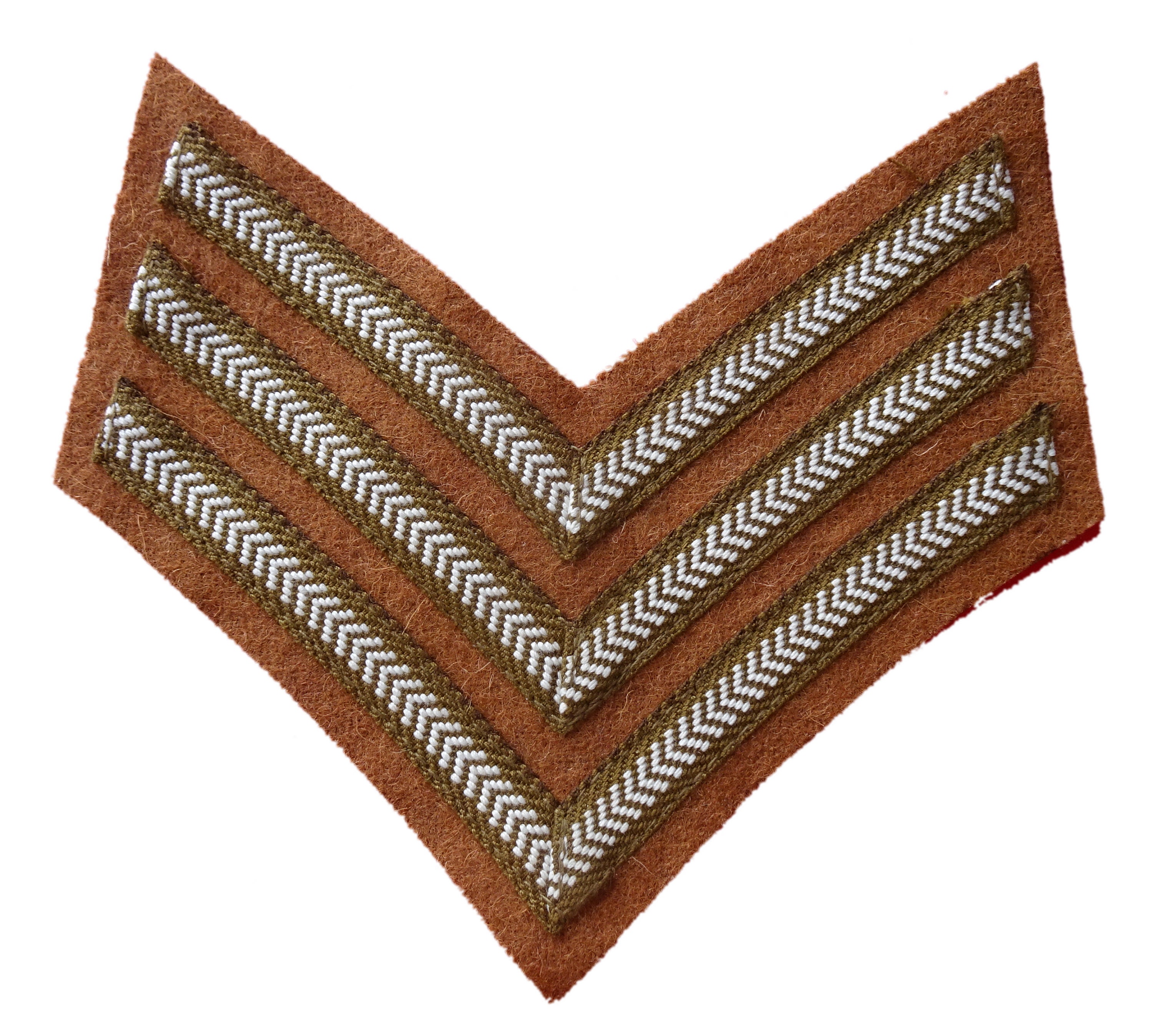

Senior sergeants are usually in specialist areas and are in charge of sergeants and thus act as middle management. In country areas, sergeants are often in charge of an entire station and its constabulary. In police forces, sergeants are usually team leaders in charge of an entire team of constables to senior constables at large stations, to being in charge of sectors involving several police stations. There are usually several ranks of sergeant, each corresponding to greater experience and responsibility for the daily lives of the soldiers of larger units. The responsibilities of a sergeant differ from army to army. In most non-naval military or paramilitary organizations, the various grades of sergeant are non-commissioned officers (NCOs) ranking above privates and corporals, and below warrant officers and commissioned officers.
#Army sergeant stripes professional#
Sergeants could fight either as heavy cavalry, light cavalry, or as trained professional infantry either spearmen or crossbowmen.

Later, a "soldier sergeant" was a man of what would now be thought of as the "middle class", fulfilling a slightly junior role to the knight in the medieval hierarchy. The etymology of the term is from Anglo-French sergent, serjeant "servant, valet, court official, soldier", from Middle Latin servientem "servant, vassal, soldier". Any medieval knight or military order of knighthood might have "sergeants-at-arms", meaning servants able to fight if needed. In medieval European usage, a sergeant was simply any attendant or officer with a protective duty. Army sergeant from the 29th Infantry Division in 2011. In many nations and services, the rank insignia for a sergeant often features three chevrons.Ī U.S. More senior non-commissioned ranks are often variations on sergeant, for example staff sergeant, gunnery sergeant, master sergeant, first sergeant, and sergeant major. In the United States Army, sergeant is a more junior rank corresponding to a squad- (12 person) or platoon- (36 person) leader. In Commonwealth armies, it is a more senior rank, corresponding roughly to a platoon second-in-command. In most armies, the rank of sergeant corresponds to command of a squad (or section). The term sergeant refers to a non-commissioned officer placed above the rank of a corporal, and a police officer immediately below a lieutenant in the US, and below an inspector in the UK. Its origin is the Latin serviens, 'one who serves', through the French term sergeant. The alternative spelling, serjeant, is used in The Rifles and other units that draw their heritage from the British light infantry. It is also a police rank in some police services. and capitalized when used as a named person's title) is a rank in use by the armed forces of many countries. For other uses, see Sergeant (disambiguation).


 0 kommentar(er)
0 kommentar(er)
